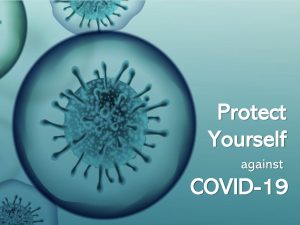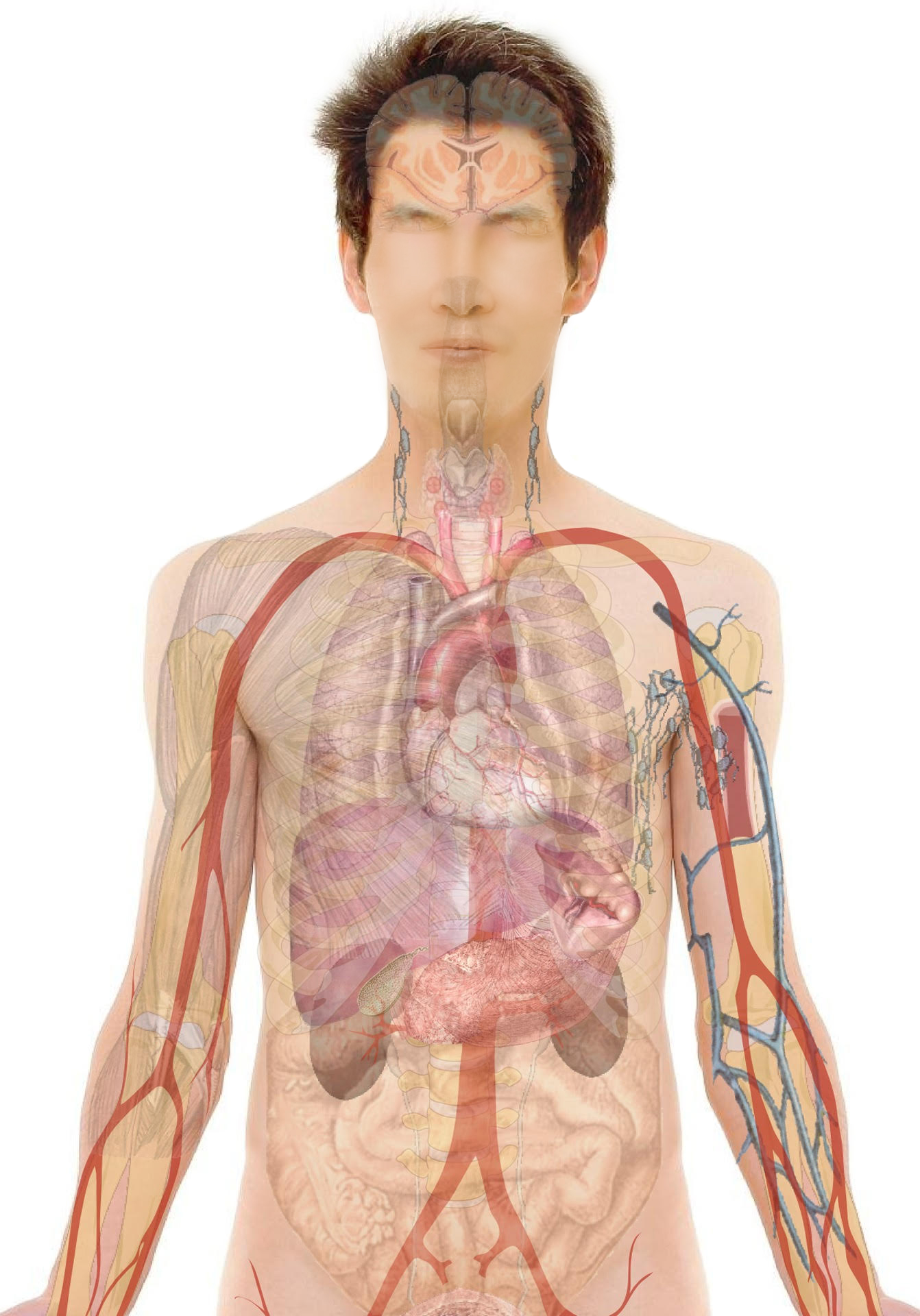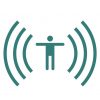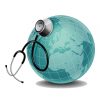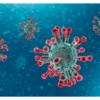Definition and Causes:
A neurological disease caused by degeneration (deterioration) of motor neurons or nerve cells located in the brain, brainstem, and spinal cord. Motor neurons (nerve cells forming part of a pathway along which impulses pass from the brain or spinal cord to a muscle or gland) are the controlling units between the brain and the muscles. Messages from upper motor neurons (nerve cells originate from the part of the brain called cerebral cortex ) in the brain are sent to lower motor neurons (nerve cells originate in the brainstem and spinal cord) in the spinal cord and from them to specific muscles to perform an action.
In ALS, both the upper and lower motor neurons degenerate or die, and fails to send messages to the muscles resulting in muscle weakness, atrophy (waste away), and fasciculations (muscle twitching) affecting functions like; eating, speaking, walking and even breathing. As the disease progresses eventually, respiratory muscles are also affected leading to respiratory failure.
ALS is also known as motor neuron disease (MND), Charcot’s disease (in Britain) recognized by the name of a neurologist who characterized this group of disorders, and Lou Gehrig’s disease (in North America) after the name of a famous baseball player. The disease is classified to be either familial (inherited) or sporadic (spontaneous) affecting individuals from 40 – 70 years of age.
Causes/Triggers:
The exact cause of ALS is not known, but few of the suspected reasons or triggers are as follows:
- Gene mutation: Various alteration of DNA sequence can lead to familial (inherited) forms of ALS
- Chemical imbalance within the brain
- Disorganized immune response
- Protein mishandling: Mishandled proteins within the nerve cells can lead to a gradual accumulation of abnormal forms, eventually causing the nerve cells to die
Symptoms:
The symptoms usually begin affecting hands, feet, or limbs; spreading to other parts of the body. As it progresses muscles become weaker until they’re paralyzed.
Early signs and symptoms of ALS include:
- Difficulty lifting the front part of your foot and toes (foot drop)
- Weakness in legs, ankles or feet
- Hand weakness or clumsiness
- Slurring of speech
- Difficulty in chewing and swallowing
- Muscle cramps and twitching in arms, shoulders, and tongue
Investigations and Treatment:
Tests to rule out other conditions to exclude ALS may include:
– Electromyogram:
It is a test to measure the electrical discharges produced in the muscles by inserting electrodes within the muscle desired to be observed. An instrument is connected to the electrodes to measure the electrical discharge produced by the muscles in the resting and activity phases of the muscles. The procedure is mildly uncomfortable.
– Nerve conduction study:
Electrodes are stuck to the skin above the nerve or muscle to be studied. A small shock is passed through the nerve to measure the strength and speed of nerve signals.
– Magnetic Resonance Imaging (MRI):
It is used to produce detailed images of your brain and spinal cord. It involves lying on a movable bed that slides into a tube-shaped machine; that makes loud thumping and banging noises during operation. Some people feel uncomfortable in a confined space.
– Blood and urine tests:
Some blood and urine samples are ordered to exclude other causes.
– Muscle biopsy:
If other muscle disease is suspected; a muscle biopsy may be recommended. The procedure involves a small portion of muscle tissue to be removed under local anesthesia and is sent to a laboratory for analysis.
TREATMENT:
There is no cure for the disease. The treatment is mainly focused, on slowing the rate of progression and providing comfort by treating the symptoms.
The treatment includes:
1) Non-pharmacological (treatment without using medications): such as
- Physiotherapy
- Occupational therapy
- Speech therapy
- Nursing care
- Respiratory therapy
- Dietary modifications
- Psychologists, psychotherapists
- Social workers
- Spiritual care
– Dysphagia (difficulty in swallowing):
- Diet modification – pureed and thickened fluids and decreasing crunchy or chewy foods
- PEG (percutaneous endoscopic gastrostomy) tube to avoid aspiration, improves nutrition, stabilizes weight, and may also be used to give medicines. PEG is a flexible feeding tube which is placed through the abdominal wall and into the stomach with the aid of an endoscope

– Dysarthria
Difficulty in speaking due to the muscle weakness which helps in speech:
- Assist communication with a keyboard, pen + paper or alphabet board
- Speech-language pathology(SLP) assistance
– Thick Mucus:
- Humidify air, augment cough or induce cough and liquefy the mucus
2) Pharmacological (treatment using medicines):
The drug riluzole and edaravone are used for slowing rate of progression of ALS.
The treatment is focused to relieve the symptoms of the disease and improve the quality of life. The patients may be prescribed lorazepam for anxiety, quinine sulfate, or diazepam for muscle cramps and spasm, or agents like baclofen may be given for muscular spasms. Atropine or hyoscyamine or scopolamine patches or botulinum (botox) injections are used to treat drooling in case of facial muscle weakness. In case of shortness of breath (dyspnea) morphine or IV midazolam may be given to relieve symptoms along with chest physiotherapy.
Respiratory failure treatment may involve certain mechanical procedures such as:
- Non-invasive positive pressure ventilation: Maintained ventilation by administering air through the mask attached to a machine; to have sufficient air pressure within the airway to prevent the airway muscles from collapsing and obstructing the air passage during breathing

- Tracheotomy or tracheostomy: An incision is made in front of the neck up to the windpipe (trachea) to make an artificial opening to maintain an airway by a tube in case the breathing muscles collapse. It is more of permanent mechanical ventilation procedures, requiring a review of advance directives, patient/families wishes, and expectations

Medications:

Risk Factors and Prevention:
Established risk factors for ALS include:
- Heredity: ~10 percent who have ALS; inherited it from their parents
- Age: Mostly occurs between the ages of 40 and 60 years
- Sex: The sex difference disappears after the age of 70 years; before 70 years male predominance is seen
Environmental factors under study that may modify a person’s individual risk of ALS include:
- Smoking
- Lead exposure
- Military service
Outcome:
- Patients progressively lose the ability to function and care for themselves
- About 25% of patients survive for more than 5 years after diagnosis
- Death often occurs within 3-5 years of diagnosis


